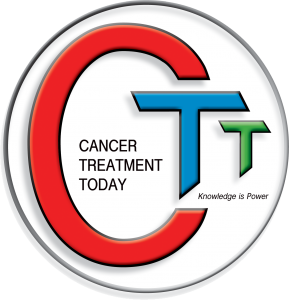Gleevec for Giant Cell Tumor – Pro
Pigmented villonodular synovitis (PVNS) (also known as diffuse-type giant cell tumor) and tenosynovial giant cell tumors (TGCT) are rare, usually benign neoplasms that affect the synovium and tendon sheaths in young adults. These tumors are driven by the overexpression of colony stimulating factor-1 (CSF1). CSF1 is expressed by a minority of tumor cells, which, in turn attract non-neoplastic inflammatory cells that express CSF1 receptor (CSF1R) through a paracrine effect.
Gleevec modulates this expression and there a number of case reports and series suggesting that it is useful. It is, however, quite toxic. In the study by Cassiet, 10 of 29 patients discontinued treatment, of whom 6 explicitly did so because of toxicity. The dose used was not reported. I consider Gleevec medically necessary for this particular individual based on the current peer-reviewed literature, which, perforce has to be based on case series because of the rarity of this condition.
Cashier PA et al, Efficacy of imatinib mesylate for the treatment of locally advanced and/or metastatic tenosynovial giant cell tumor/pigmented villonodular synovitis. Cancer. 2012 Mar 15;118(6):1649-55.
V. Ravi et al, Imatinib in the treatment of tenosynovial giant-cell tumor, Journal of Clinical Oncology, 2010 ASCO Annual Meeting Abstracts.
Vol 28, No 15_suppl (May 20 Supplement), 2010: 10011
2010 American Society of Clinical Oncology
